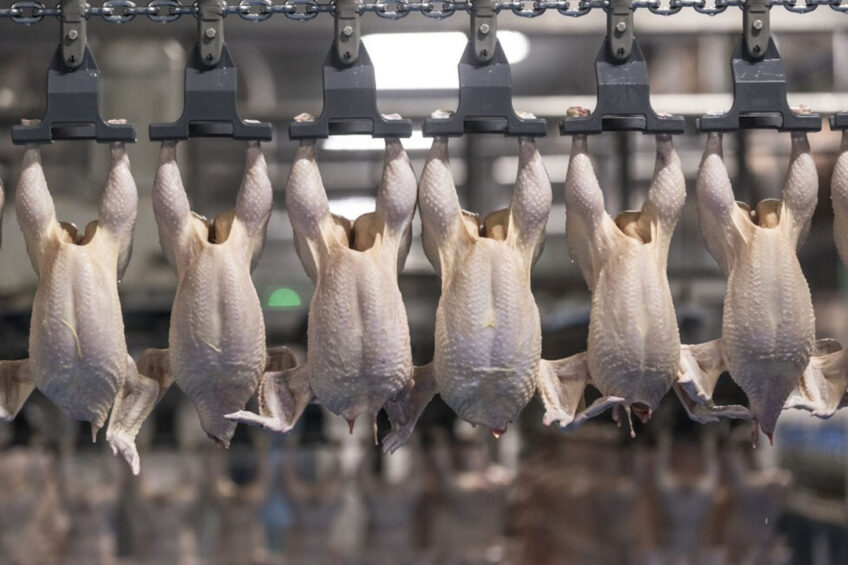Poultry set to take nearly half of the global meat market by 2031

Poultry will continue to be the fastest growing meat over the next decade and by 2031 will take 47% of the market, according to the latest OECD/FAO Agricultural Outlook.
The long-term shift towards poultry will continue to strengthen, in part due to a preference for white meat among high-income countries. This is because poultry is seen as easy to cook, healthier and it is perceived as a better choice. In middle and low-income countries, poultry is seen as a cheaper alternative to other meats. As a result, the Outlook predicts that protein availability from poultry will rise by 16% by 2031 and by then will constitute 47% of the protein consumed from meat sources, followed by pork, lamb and beef.
Rise across the board
Poultry meat consumption has risen in virtually all countries and regions with consumers attracted by lower prices, product consistency and adaptability, as well as higher protein/lower fat content. Consumption of poultry meat is expected to increase globally to 154 mt over the projected period, reflecting the significant role it plays in the national diet of several populous developing nations, such as China, Indonesia, India, Malaysia, Pakistan, Peru, the Philippines and Vietnam.
In the shorter-term, the shift in meat consumption from foodservice to home cooking that occurred during the Covid-19 pandemic is expected to remain short-term, with consumers reverting to prior expenditure patterns as restrictions are lifted.
In high-income countries, however, where per capita consumption is already high, demand is expected to level off or trend downward given ageing populations and greater dietary concerns that seek more diversity in protein sources. In lower income nations both population and income growth will spur overall consumption, albeit from a much lower per capita base level.
Meeting demand
Global meat supply will expand to meet rising demand, reaching 377 Mt by 2031, but this will be slower than in the last decade. Global herd and flock expansion means that China is projected to account for most of the increase in meat production, followed by the United States, Brazil and India. By contrast, meat production in the European Union is expected to fall during the period due to increasing domestic and environmental costs and reduced export opportunities.
This increase in global meat production will be influenced mainly by growth in the poultry sector, with poultry numbers rising to 31 billion head. As a result, greenhouse gas emissions (GHG) by the meat sector are projected to rise by 9% by 2031 – less than the 15% increase in meat production given the rising share of poultry and productivity increases that yield higher production of meat per animal and thus a lower ratio of GHG emissions per unit of meat output. An important exception will be Africa where emissions will rise by 24%, largely in parallel with its increase in production.












